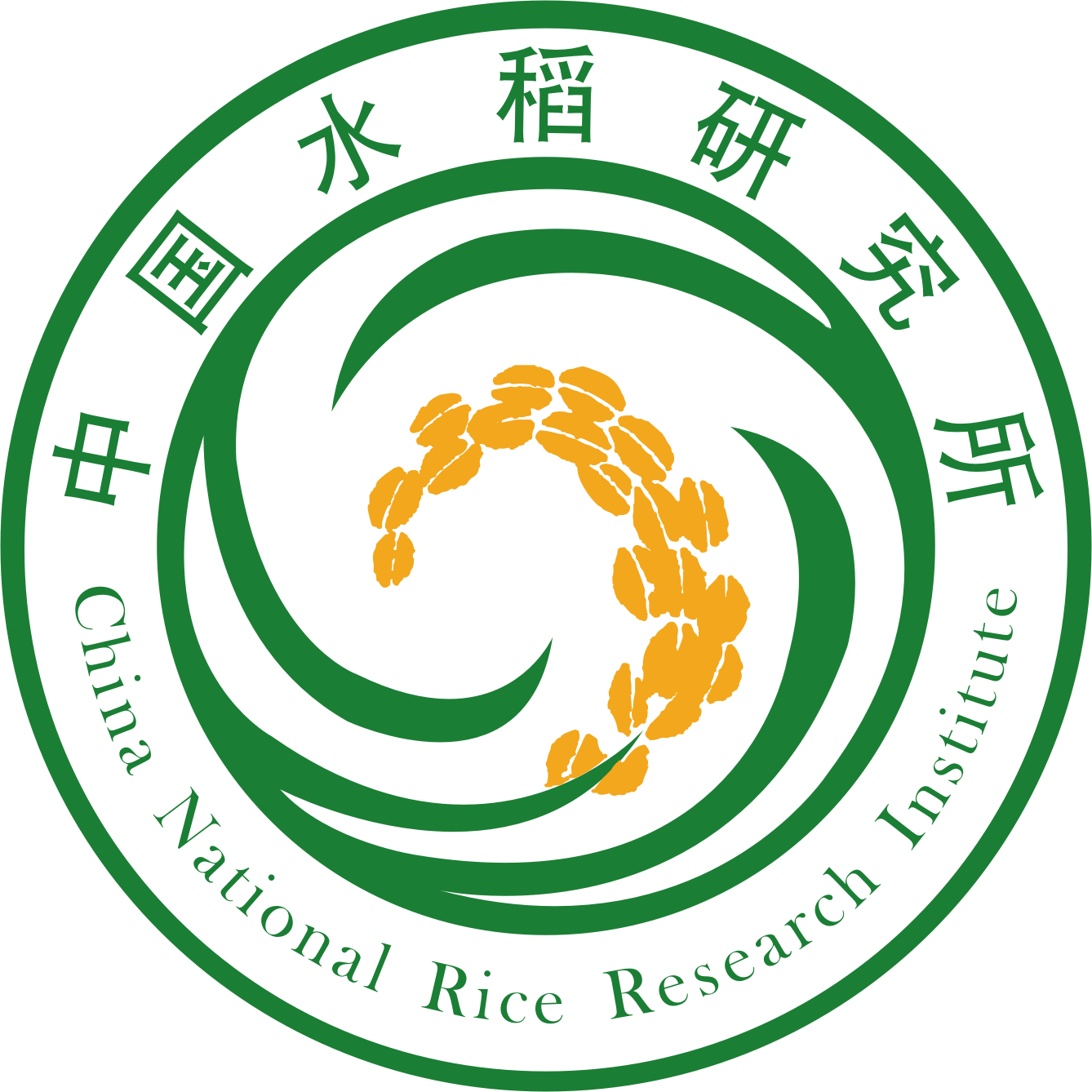Overall view
My research interest is in plant developmental biology, specifically rice reproductive developmental biology. My team and I utilize a range of cutting-edge methodologies, such as genetics, cellular biology, molecular biology, biochemistry methods. Our ultimate objective is to successfully clone and meticulously examine functional genes that control the crucial agronomic traits of rice, such as flowering, inflorescence establishment, fertility, seed development, grain quality, seed germination, and dormancy. We meticulously identify genetic regulatory pathways and leverage these genes in rice molecular breeding through marker-assisted selection, transgenic, or other biotechnology methods. We focus on studying transcription factor, kinase, and epigenetic modification genes to better understand gene regulatory mechanisms through the lenses of transcriptional regulation, post-translational modification, and epigenetic modification. In addition, I have a keen interest in biotechnology and synthetic biology, using rice as a model species to produce beneficial metabolites that can improve human health.
水稻是我国最主要的粮食作物之一,种植面积在4-5亿亩/年,年稻谷消费量在1800亿公斤,承担了约60%人口的口粮。随着可耕地面积和淡水资源日趋紧张以及人口的持续增加,我国粮食需求不断增长。自2012年起,我国水稻进出口发生逆转,成为水稻净输入国,粮食安全面临着严峻挑战。
Rice is one of the most important food crops in China and worldwide. Rice serves as the primary food source for approximately 60% of China's population, with a planting area of around 30 million hectares per year and an annual consumption of 180 million tons. With the increasing shortage of arable land and freshwater resources and the continuous population increase, China's food demand continues to grow. Since 2012, China has shifted from being a net exporter to a net importer in the global rice trade, which has posed a significant threat to the country's food security.

在基础研究领域,水稻因具有基因组小、遗传资源丰富、遗传转化体系成熟等特点,现已成为植物分子生物学领域最重要的模式物种之一。此外,水稻的基因组与玉米、小麦等禾本科作物的基因组存在较强的共线性关系。水稻中的很多研究结果可为其它作物的研究提供重要参考。
In the field of basic research, rice has become one of the most important model species in plant molecular biology due to its small genome, ample genetic resources, and mature genetic transformation system. In addition, strong genome co-linearity between rice and other grass crops (poaceae) such as corn and wheat made the knowledge gained in rice applicable in other crops.
在中国水稻研究所水稻生物学国家重点实验室,水稻种子发育课题组致力于研究水稻种子、花、穗等直接决定水稻产量和品质的生殖组织的发育遗传基础和调控规律,期望为水稻的遗传改良提供优良的基因资源和改良技术。
At CNRRI, the Rice Seed Development Biology (Seeddev) Lab led by Dr. Jian Zhang is committed to studying the genetic basis and regulatory mechanism of the reproductive tissue development in flowers, panicles, and grains underpinning rice yield and grain quality. Our goal is to offer top-notch genetic resources and biotechnologies to the rice industry, contributing to food security in China.


1. Regulatory Mechanisms of ABA in Rice Reproductive Development
Plants have evolved sophisticated mechanisms to alter their development in response to environmental cues or stress. Abscisic acid (ABA), a sesquiterpene phytohormone, has been linked to biotic and abiotic stress responses, seed dormancy and germination, seed maturation, floral transformation, seedling development, leaf senescence, and other processes, making it a critical coordinator of plant-environment interactions. So far, the ABA biosynthesis pathways have been clear, and a “PYR/PYL/RCAR-PP2C-SnRK2-AREB/ABF” core signaling module has been proposed and validated in plants.
Earlier work significantly advanced our understanding of the roles of ABA as a stress hormone. Nevertheless, how the ABA signal transmits to the plant development switches needs to be better understood. We are dedicating ourselves to elucidating the regulatory mechanisms of ABA on rice reproductive development so as to address the fundamental scientific questions of plant development and provide means to improve crop productivity, particularly in challenging environments.
脱落酸(ABA)是重要的植物激素,广泛参与植物的逆境响应和发育调控。目前,ABA的合成途径和信号传导途径已经基本明确,但前人的研究多集中在ABA对逆境响应的调控,其在植物发育中的调控机理研究不多。

2. Genetic basis underpinning rice grain yield
Rice grain yield, the ultimate agronomic trait in rice production, is largely determined by the number of effective panicles, the number of effective spikelets per panicle, and grain weight. The significant biological questions behind the three yield components are the genetic basis and regulatory mechanisms for rice branching, fertility, grain development, and carbon partitioning between source and sink organs. Employing methods such as map-based cloning, Seeddev lab attempts to clone genes controlling the above traits from mutants and genetic populations derived from natural variations, and leverage the genes for genetic improvement through conventional breeding, gene editing as well as biosynthetic technologies.
水稻产量在农艺性状上主要受控于有效穗数、每穗粒数和千粒重三个要素,背后的生物学问题则包括水稻的分枝发生、育性发育、种子发育和光合产物源-库转运等生理过程的遗传基础与调控机制。利用图位克隆等方法,我们试图从突变体和来自自然变异的遗传群体中克隆调控水稻育性、分枝、粒型等相关基因,并通过基因编辑、合成生物学等生物技术对水稻进行遗传改良。

